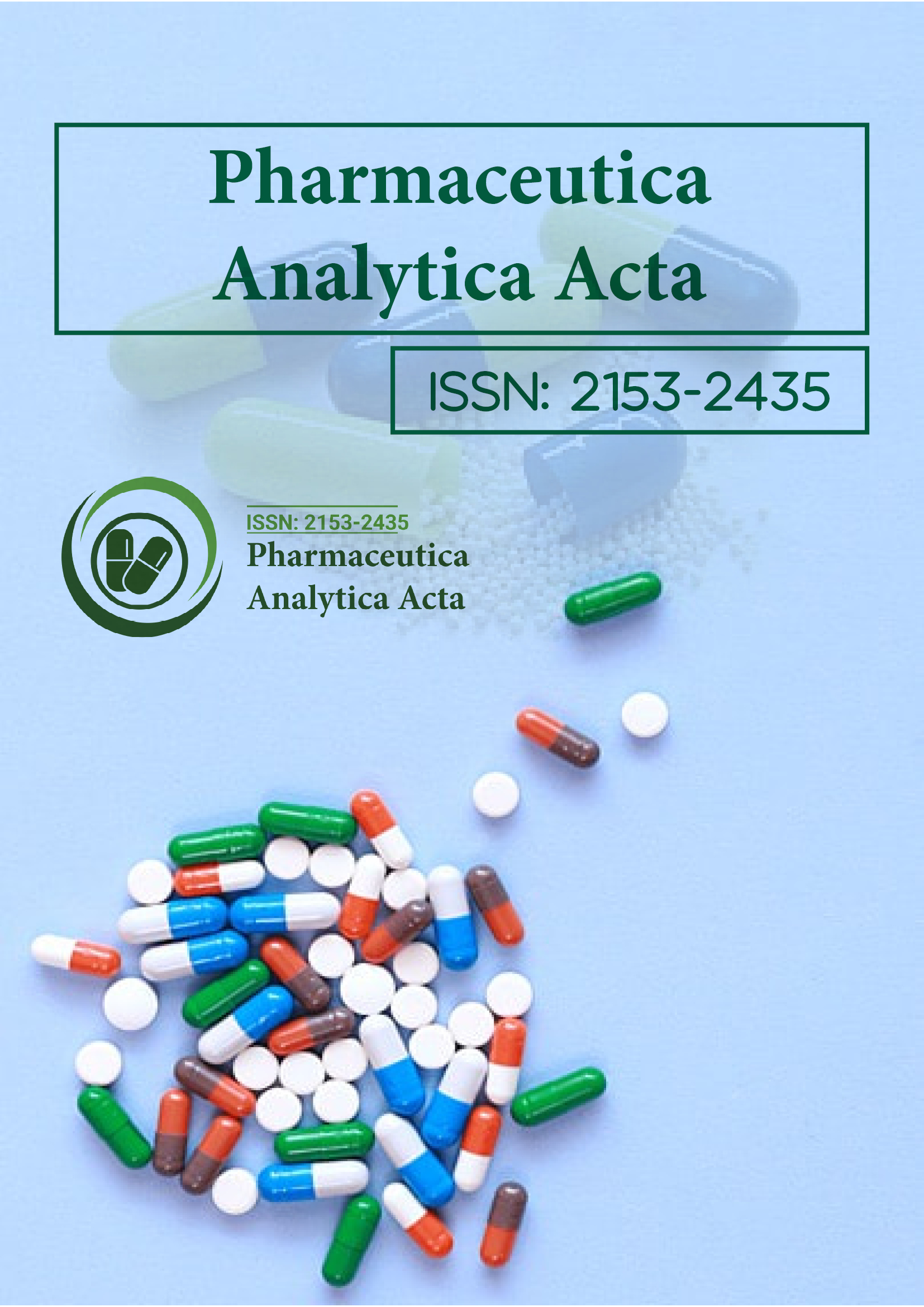Indexado em
- Abra o Portão J
- Genamics JournalSeek
- Chaves Acadêmicas
- JournalTOCs
- O Fator de Impacto Global (GIF)
- Infraestrutura Nacional de Conhecimento da China (CNKI)
- Diretório de Periódicos de Ulrich
- RefSeek
- Universidade de Hamdard
- EBSCO AZ
- OCLC- WorldCat
- publons
- Fundação de Genebra para Educação e Pesquisa Médica
- Euro Pub
- Google Scholar
Links Úteis
Compartilhe esta página
Folheto de jornal

Periódicos de Acesso Aberto
- Agro e Aquicultura
- Alimentos e Nutrição
- Bioinformática e Biologia de Sistemas
- Bioquímica
- Ciência de materiais
- Ciencias ambientais
- Ciências Clínicas
- Ciências Farmacêuticas
- Ciências gerais
- Ciências Médicas
- Cuidados de enfermagem e saúde
- Engenharia
- Genética e Biologia Molecular
- Gestão de negócios
- Imunologia e Microbiologia
- Neurociência e Psicologia
- Química
Abstrato
Análise farmacocinética da administração oral de misoprostol por hora: um estudo piloto
Shi-Yann Cheng, Cheng-Han Hung, Maw-Rong Lee e Tzu-Min Chan
Objetivo: Conduzir um estudo piloto de dosagem ideal de misoprostol para induzir parto moderado entre mulheres e entender os parâmetros farmacocinéticos de indução ou aumento de parto moderado. Métodos: Administramos altas doses de misoprostol oral (200 μg) a cada hora para nove gestantes no meio do trimestre que solicitaram interrupção da gestação para determinar se os metabólitos do misoprostol (ácido misoprostol, MPA) se acumularam no plasma sanguíneo. Em seguida, escolhemos cinco gestantes a termo para receber um programa individual de administração oral de misoprostol a cada hora e medimos as concentrações plasmáticas de MPA em vários estágios do parto, incluindo o início da administração da solução de misoprostol, a resposta inicial de contrações uterinas regulares e a dilatação cervical completa. Resultados: A concentração de MPA, que é responsável pela atividade clínica e toxicidade do misoprostol, não teve acúmulo óbvio após a administração oral de alta dose de misoprostol a cada hora. Além disso, os cinco programas de dosagem moderada de administração oral de misoprostol a cada hora amadureceram o colo do útero com concentrações muito baixas de MPA detectadas no plasma. Conclusões: Os resultados preliminares mostram que os cinco programas definidos em indução ou aumento do parto são regimes de dosagem promissores que evitam a hiperestimulação uterina, encurtam o curso do parto e previnem o risco de toxicidade potencial do excesso de MPA.